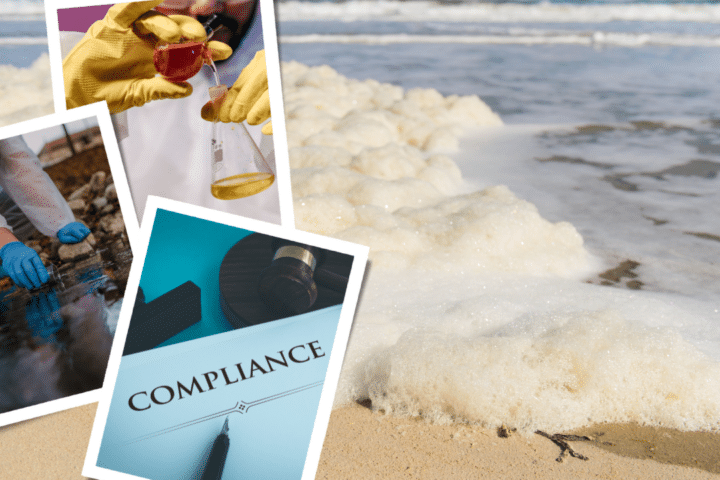With the winter season, spending time inside increases, as does incidents attributed to “sick building syndrome” (SBS). The term sick building syndrome relates to when building occupants experience health issues and discomfort that appear to be linked to time spent in a building with no specific illness or cause identified. The reactions could be found only in an area or throughout the entire building. On the other hand, “building related illness” (BRI) is when symptoms of diagnosable illness can be attributed directly to airborne building contaminants.
Signs of SBS
- Occupants experience headache, eye, nose, or throat irritation, dry cough, dry or itchy skin, dizziness, nausea, lack of concentration, fatigue, and sensitivity to odors.
- The cause of the symptoms is unknown.
- Most symptoms fade after leaving the building.
Signs of BRI
- Occupants have symptoms such as cough, chest tightness, fever, chills, and muscle aches.
- The cause of the symptoms are clinically diagnosed and identified.
- Symptoms take longer to fade after leaving the building.
While often temporary, some buildings can cause have long-term problems. Issues may be a of result when a building is operated or maintained not within its original intended use. Poor building design can also produce indoor air problems that cause SBS or BRI symptoms.
Causes of SBS or BRI
- Poor ventilation
- Indoor and outdoor contaminants
- Biological contaminants
It is important to note that symptoms can come from other causes, such as illness contracted outside the building, acute allergies, job related stress, and psychosocial conditions. However, studies show that these symptoms can be become worse because of poor indoor air quality.
The professionals at ETC can help analyze and test your property to assess your indoor air quality. Please contact our team with any questions or to schedule an inspection.





